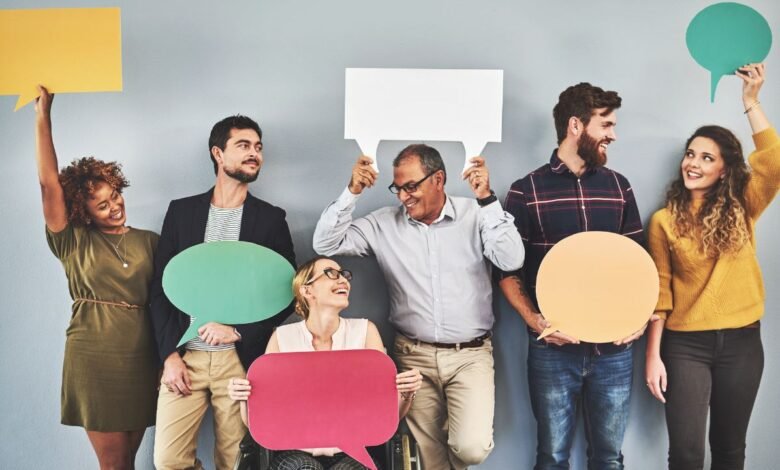How Media Bias Shapes Public Perception: A Critical Analysis

In today’s fast-paced digital world, media plays a crucial role in shaping public opinion. However, the presence of bias in news reporting often influences how people perceive events, politics, and social issues. Understanding media bias and its impact is essential for fostering informed and critical thinking among audiences. This article explores different types of media bias, their effects on public perception, and how individuals can develop media literacy skills to navigate biased content effectively.
Understanding Media Bias
Media bias refers to the partial or one-sided presentation of news, which can stem from political affiliations, corporate interests, or personal opinions of journalists. Bias can manifest in various forms, including:
- Framing Bias – The way news is presented can influence public perception. For example, emphasizing negative aspects of an event while downplaying positive developments can shape audience emotions.
- Selection Bias – Some media outlets selectively report on certain issues while ignoring others, leading to an unbalanced narrative.
- Confirmation Bias – People tend to consume news that aligns with their pre-existing beliefs, reinforcing their opinions while disregarding alternative perspectives.
- Spin Bias – Using loaded language or sensationalist headlines can manipulate readers’ emotions and opinions.
Effects of Media Bias on Public Perception
Biased reporting can significantly shape public opinion by:
- Influencing Political Views – News outlets with clear ideological leanings can sway voters by emphasizing or omitting key information.
- Creating Social Divisions – Polarized news reporting can deepen divisions among different societal groups, fostering distrust and conflict.
- Misrepresenting Facts – Misinformation or exaggerated reporting can mislead the public, affecting their understanding of crucial issues.
The Role of Media Literacy in Combating Bias
Developing media literacy skills is crucial for distinguishing between unbiased journalism and manipulative content. Media literacy involves:
- Cross-Checking Sources – Comparing information from multiple reputable sources helps verify accuracy.
- Identifying Loaded Language – Recognizing emotionally charged words or phrases can prevent manipulation.
- Analyzing Ownership and Funding – Understanding who owns a media outlet can provide insights into potential biases.
- Using Fact-Checking Tools – Platforms like Biasly provide objective assessments of media bias, helping audiences evaluate the reliability of news sources (Biasly).
Conclusion
Media bias is an inevitable aspect of modern journalism, but being aware of its presence allows individuals to consume news critically and make informed decisions. By developing media literacy skills, audiences can better navigate biased content and form independent opinions based on factual information. Staying vigilant and questioning sources ensures a more balanced and comprehensive understanding of current affairs.

